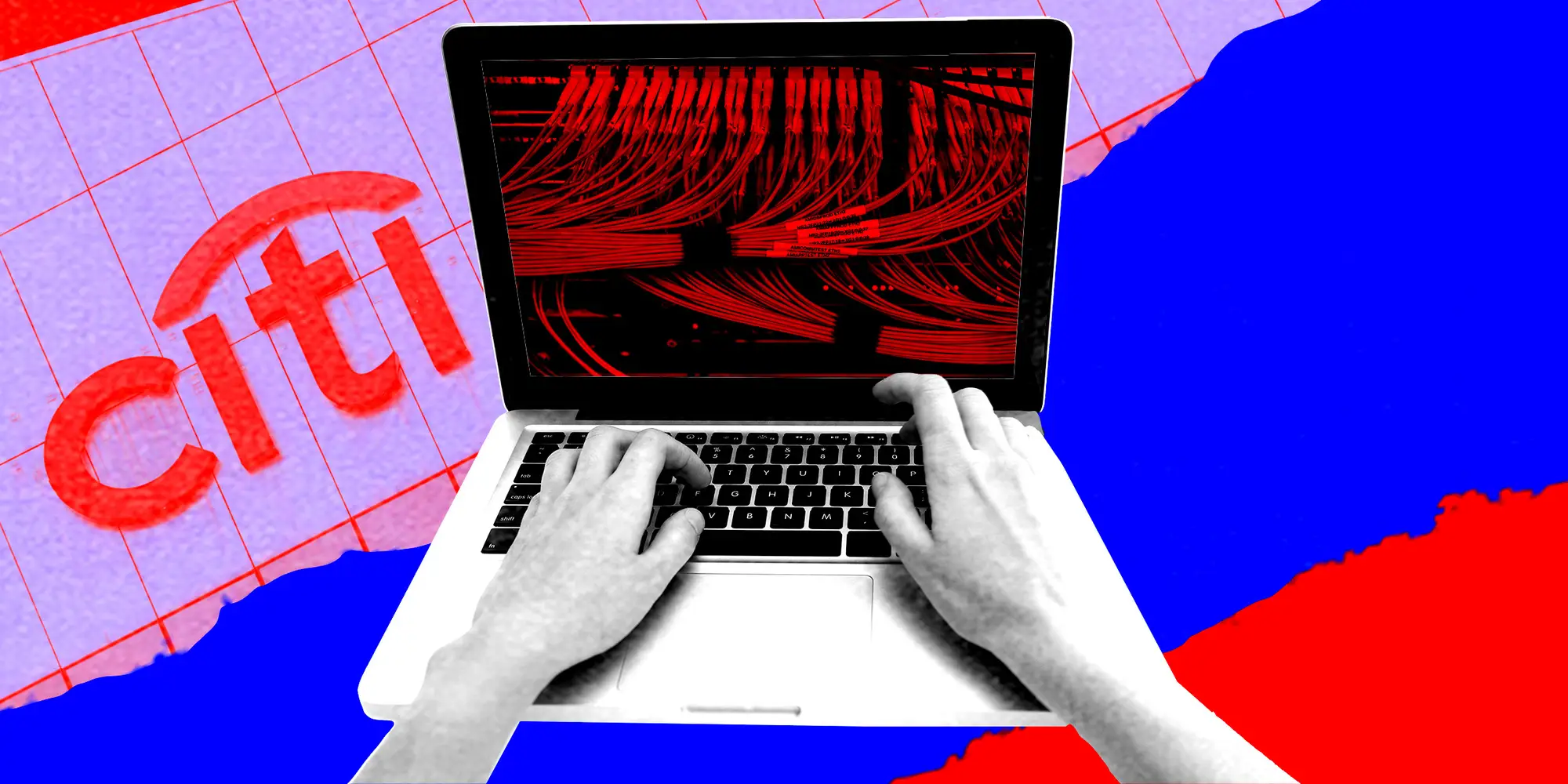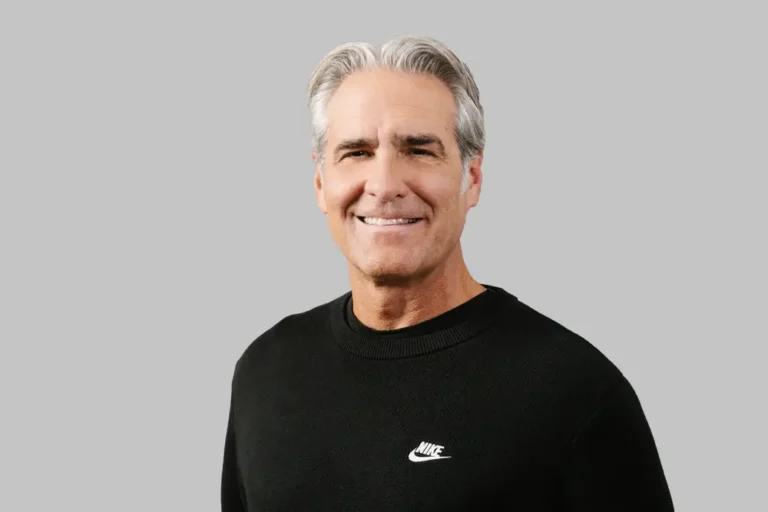Citi Wealth’s horrible tech is infuriating clients and employees and endangering its turnaround

Citigroup’s wealth division is bloated, barely profitable, and inefficient. It’s easy to see why if you look under the hood, said a former managing director.
“Everyone knows we have the worst tech on The Street,” they said.
Citi’s technology problems are well-known, with human error and the bank’s patchwork of systems leading to an accidental $900 million transfer to Revlon lenders in 2020. But for the struggling wealth unit, the issues are an existential threat to its recovery. Its new boss, Andy Sieg, is pushing employees to get customers to invest as much as possible with Citi. That is a tall order when it takes nine days on average to open a new account, according to an internal audit reviewed by us, which is three times the industry average.
Making inroads with existing clients is crucial to Sieg’s ambitions. But even clients who get through the door can be reluctant to park more assets with Citi, according to a wealth advisor. The audit highlighted Citi Wealth’s dismal 13% average wallet share compared to its peers’ 64% average.
“Clients expect to be able to trade options and do Roth conversions and all this stuff by themselves, but I can barely do that myself when I work here,” he said. “It’s really an uphill battle to get people to want to move everything to Citi just based on their past experiences.”
To understand the extent of Citi Wealth’s tech woes and the stakes, we spoke with 14 current and former employees. All spoke on the condition of anonymity because of their employment or severance contracts or for fears of reprisal. The audit, conducted by Ernst & Young, estimated it would take at least $500 million to overhaul Citi Wealth’s patchwork technology, which includes 30 content platforms and more than 70 product processors.
The result of Citi’s burdensome technology, the report said, is “a direct negative impact to our current and prospective clients.”
“We invite them to enter a partnership with us, yet we’ve shut and locked the door, making it difficult to actually do business with us” and disincentivizing clients “to retain their full portfolio and wallet share with Citi,” it said.
The $500 million proposal comes as Citi is under pressure to rein in expenses. But this massive undertaking is needed to buoy bankers’ morale, allow them to spend more time with clients, and restore clients’ trust in Citi, EY concluded.
EY did not respond to a request for comment. Citi declined to comment.

Andy Sieg took over Citi Wealth in September after leaving Merrill Wealth Management.
“I think what you should expect to see us is to get more out of the technology dollars that we’re going to be spending,” Sieg said, acknowledging the audit’s findings that were first reported by Barrons at a Morgan Stanley conference on June 12. “We’re using, I think, every approach that a leadership team should to get our arms around some of the challenges to make sure we’re dealing with the brutal facts.”
Global head of investment solutions Kris Bitterly told us in a prior interview that a multi-year effort is underway to simplify its systems and improve the client experience.
The unit is also working on nearly 50 projects to address pain points and 17 have been completed, including a client report tool that helps advisors prepare for meetings.
“We’re acutely aware of where there are challenges,” she said in May.
Citi Wealth’s growth prospects hinge on improving its tech to serve clients better and faster
Citigroup’s patchwork system results from the bank acquiring dozens of companies and failing to integrate them fully. The bank has a “just launch” culture that encourages introducing products without consideration of existing systems, according to employees and the audit.
“We’ve known about their poor technology for two decades,” said Wells Fargo analyst Mike Mayo, who is bullish on Citigroup but skeptical of Citi Wealth’s prospects.
CEO Jane Fraser is paying the price for decades of underinvestment, with the bank spending more than half its $12.2 billion tech budget on modernizing its infrastructure last year.
As for Citi’s wealth business, its problems were compounded by a reorganization in 2021 that put three units under one roof: the private bank; Citigold, the mass-affluent arm; and Wealth at Work, which caters to rich law-firm partners and other executives. The bank didn’t consolidate the divisions’ products or data. A former managing director compared it to one unit using Apple and another working on Microsoft.
“There’s a real inability for the different areas in the bank to speak to each other,” said a current senior operations leader. “That’s an issue that they get hit with over and over and over again.”
After years of funding “surface-level initiatives,” Citi cannot take any shortcuts, the audit said. EY’s proposal would take at least four years and more than $500 million. It requires integrating “hundreds” of applications. After retiring nearly 400 legacy applications in 2023, Citi still has more than 6,000.

The overarching goal of the proposal is to simplify the client and employee experience. Priorities include building single client IDs so clients can view all of their financial information in one place and eliminating redundant systems to create a “golden source” of investment data.
The audit concludes that these upgrades are necessary to make Citi Wealth more efficient and get clients to trust the bank with more of their assets. These are two goals of Sieg, the division’s boss since September, who is on a mission to grow the division’s assets and profits.
Six employees argued that Sieg has put the cart before the horse by prioritizing grand growth goals given the difficulty of basic customer tasks. But he cannot afford to wait, a former managing director in the private bank said.
“You don’t want to put the whole business on hold,” he said. “Sometimes you have to repair the plane while you’re flying it.”
Citi’s co-chief information officer, Shadman Zafar, is betting on generative AI to speed up the process of modernizing its legacy systems. However, wealth management consultant Alois Pirker said a strong framework is a necessity.
“A decent analytics or AI effort requires solid technology and data,” he said. ” You have nothing if you haven’t sorted out your infrastructure.”
Bankers and advisors spend less time with clients in order to get basic tasks done
Sieg has emphasized measuring net new asset growth to track the division’s progress. But as the audit asserts, there is “no single source of truth for many crucial elements” of Citi’s business, which means much of this has to be done manually. Financial advisors, for instance, spend hours projecting their net-new-asset flows in a spreadsheet, according to a former managing director.
“That to me, in 2024, is almost as bad as not having cell service in your home,” he said.
Manual data entry comes with error risks and is one of many tasks that take advisors’ attention away from their clients. The audit estimated that Citi advisors spend 33% of their time on client-facing activities compared to the industry average of 58%.
Employees said Citi’s self-service offering caused frustration for themselves and customers. One former Wealth at Work banker admitted to telling younger clients to use Fidelity for self-directed trading.
Clients who want to invest in a bitcoin ETF, for instance, have to call a 1-800 number and sign a form, and their advisor has to contact at least five other employees to sign off. Similar tasks like getting clients the ability to trade options take at least two days but can span weeks. Some forms do not accept electronic signatures, meaning customers must print and scan them to an advisor.
“To get the simplest task done requires a deep network of contacts within Citi,” said a senior financial advisor. “We still email stuff, we’re faxing or snail mailing stuff. It’s just a gigantic, complex, outdated machine.”
Due to these inefficiencies, Citi Wealth requires an outsized workforce. Advisors make up only a quarter of the division’s total head count.

Citi Wealth clients are losing their patience
Citi receives 27,000 monthly complaints from wealth customers, according to the audit. The most common problems relate to account maintenance, updating demographic information, transferring funds, and lack of self-service.
For high-net-worth customers with many accounts and trusts, this leads to pounds of problems — literally. Getting bank statements emailed is difficult for Citi private bank clients when it’s a matter of checking a box at other major banks. This past fall, at least three private bank customers complained about receiving dozens of boxes of statements, according to the senior operations leader. One complained that these confidential documents had been delivered to his doorstep while he was out of town and could have been stolen.
“It’s an environmental disaster and gratuitous,” said one client of receiving 40 boxes of quarterly statements, adding that some of the documents were duplicative.
After years of complaints, he only got the issue fixed after asking his private banker how Citi would feel if a major news outlet ran a front-page story about it. It took another four months to resolve, and now he is a satisfied customer. The other two clients did not respond to requests for comment.
Employees said not all clients are so forgiving. The wealth advisor receives calls daily from clients threatening to close their accounts.
“Employees continue to voice the need for better technology, and the clients are pounding the table for better technology,” he said. “I don’t understand why they aren’t taking more drastic steps to fix an issue that is obviously known.”






